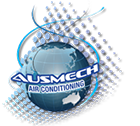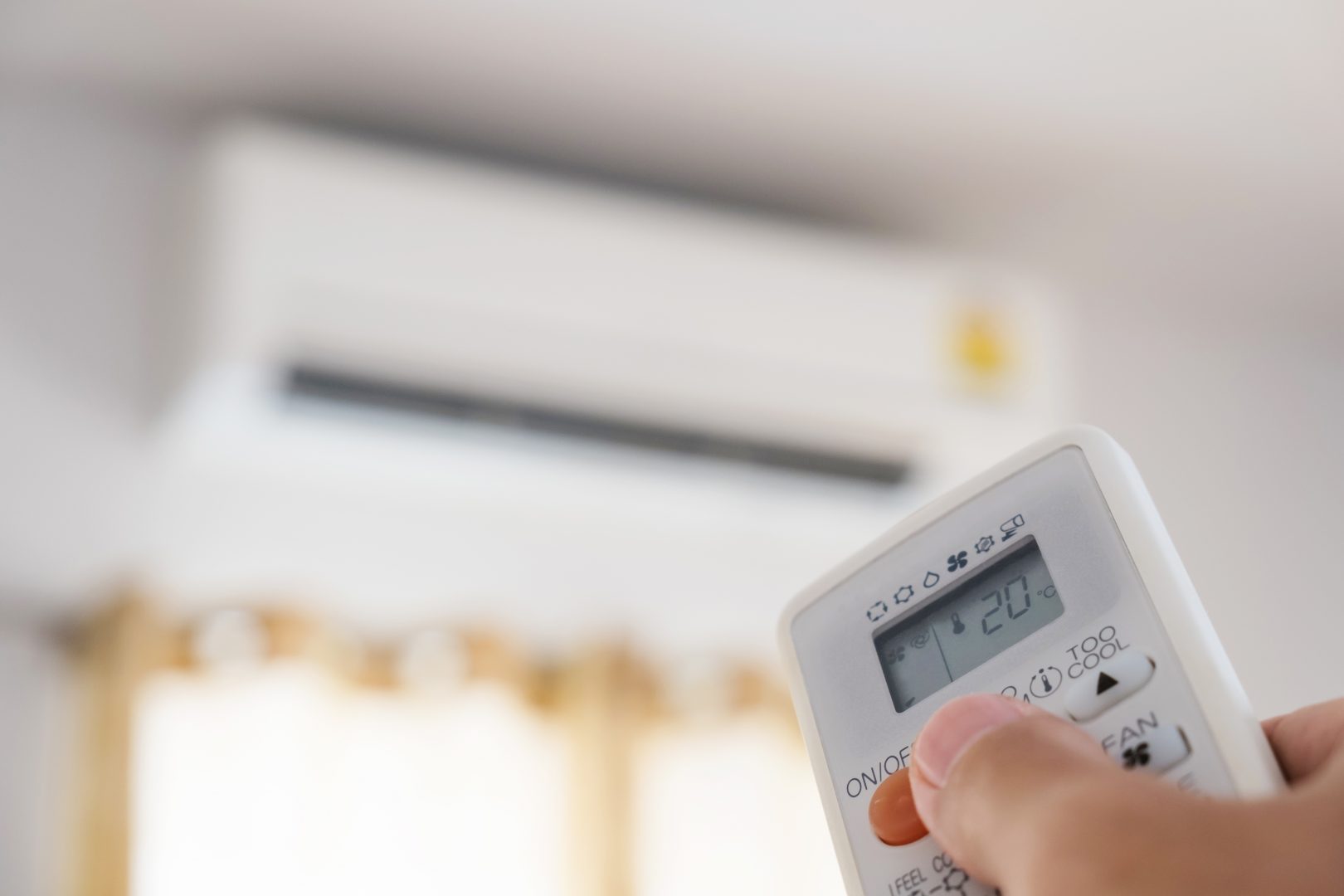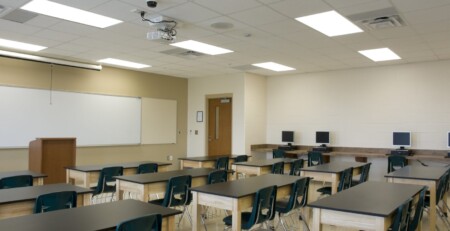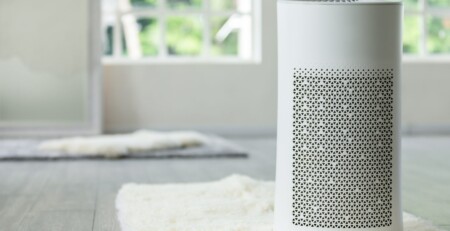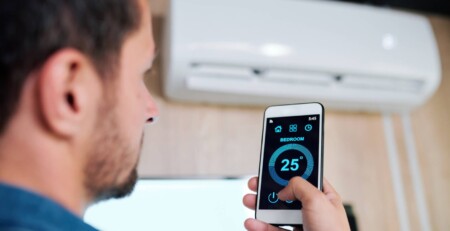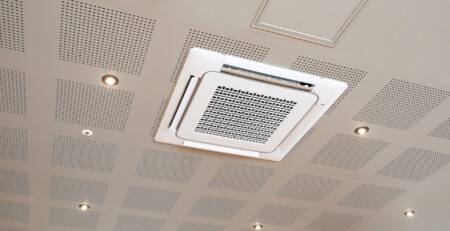Energy efficient HVACs: better for your wallet and the planet
If the heatwave we endured at the start of this year is but a distant memory, here’s a reminder. We broke temperature records while sweltering through our hottest spell in years. And with that came an increased demand for air conditioning. It’s a little ironic when you think about it: a warming climate compels us to turn on the air conditioner and yet more demand for air conditioning contributes to a warming climate.
In good news, a spotlight is being shone on sustainable heating, ventilation and air conditioning (HVAC) systems – a move that will benefit the wallet as much as it will benefit the planet. And some would argue the revolution is not a moment too soon.
HVAC systems and curbing climate change
HVAC systems are notorious energy guzzlers. In a commercial setting, they account for a whopping 50 per cent of a building’s energy use. Air conditioners also produce 12% of Australia’s CO2 emissions.
Improving HVAC efficiency – including adopting green solutions – can not only positively impact the bottom line but also reduce greenhouse gas emissions. And the quest for net zero emissions has been leading global news headlines recently following climate talks in Glasgow for the COP26 climate change summit.
HVAC and a low emissions future
The objective of transitioning the HVAC industry into a low emissions future is not new. In fact, it has been on the radar of some of the brightest minds for a while. They include HVAC industry leaders AIRAH (the Australian Institute of Refrigeration, Air conditioning and Heating) in conjunction with the CSIRO and three universities: Melbourne, Wollongong and the Queensland University of Technology.
It is early days for the group known as iHub. But their intentions to help develop the HVAC industry into a low emissions future is exciting. They are currently in the midst of a year-long research project that involves exploring energy innovations such as solar and batteries to reduce HVAC energy consumption.
Time will tell.
You don’t have to invest in a new system – just optimise the one you have
There are ways to achieve better energy efficiency and cost savings from a HVAC system now. The key is optimisation.
The NSW government has created an extensive guide on changes businesses can make to improve the running of HVAC systems. It explores 20 strategies it says can save 50% of the total HVAC energy use.
Some tips include:
- Optimising the start and stop of HVAC equipment to immediately save up to 10% of total energy consumed
- Changing the temperature set point even by 1 degree Celsius can lower energy consumption by around 10%
- Choosing the coolest water temperature for heating and the warmest water temperature for cooling can reduce energy consumption by up to 15%
- Using the economy cycle can save between 15-20% in energy consumption – and improve indoor air quality!
- Save energy consumed by carpark ventilation fans by up to 80% by using demand control ventilation
Be vigilant about maintenance
Good air conditioning maintenance remains one of the best ways to achieve energy efficiency. It also optimises equipment performance and avoids operational cost blowouts.
Testing compressors for leaks, checking airflow, and cleaning vital components are just some of the important checks which, if overlooked, can lead to air conditioners working harder than they should. The harder they work, the more susceptible to wear, tear and breakdown. And of course, the increase in energy consumption means an increase in the energy bill.
Speak to us if you would like to explore how one or more of the optimisation strategies would benefit your commercial HVAC system. Or ask us about our preventative maintenance plans so you can extend the longevity of your system.
